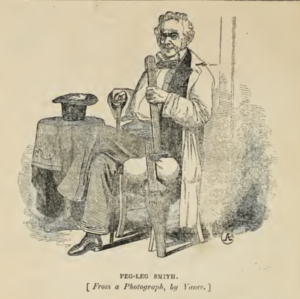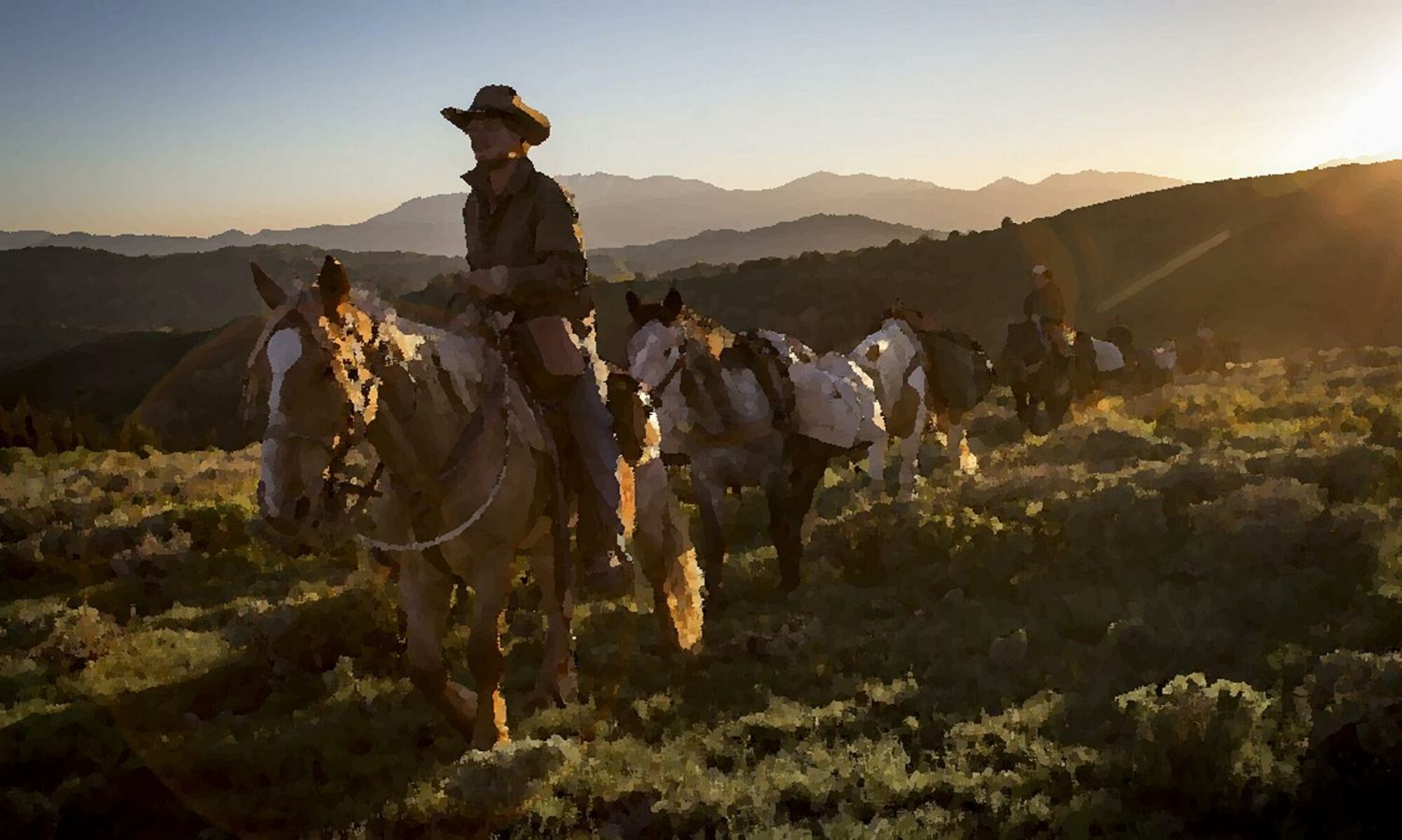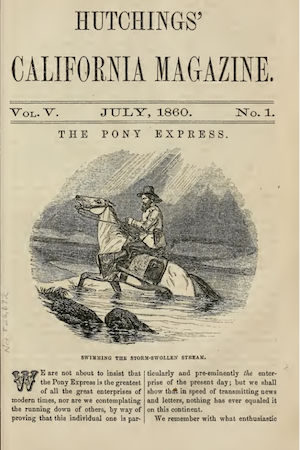 Thomas Long “Pegleg” Smith was born on October 10, 1801 at Crab Orchard in Kentucky. Running away from home at the age of fifteen, Smith ended up working on a flatboat on the Mississippi River. Smith met Antione Robidoux on the Wabash River in 1817, this one event brought him into the Santa Fe and fur trade in one single encounter. Several years later there is record of Smith being part of Antione’s expedition into the Kansas and Nebraska area to trade in 1820. Smith became an independent trader with his own mules and trade goods, landing in Taos by 1824. Mexican independence opened up additional opportunities for commerce between United States citizens and Mexicans, Smith was at the right place with excellent timing. Over the course of the next twenty five years, Smith trapped and traded all over the intermountain west, from the Gila River to the Columbia. With the decline of the fur trade, Smith moved into the horse stealing in the 1840s with the Utes and their famous horse stealing Chief Walkara, resulting in the loss of thousands of horses from California ranchos. With the breakup of horse stealing, Smith then moved into the mining business, the legend of the Lost Pegleg Mine became his calling card, with the claim that he had discovered large amounts of gold bearing quartz in the Southern California desert. There was never much in the way of proof for the Mine, this however didn’t stop Pegleg from selling maps and parts of his claim to prospectors. In his later years, Smith spent his time in San Francisco until his death in 1866.
Thomas Long “Pegleg” Smith was born on October 10, 1801 at Crab Orchard in Kentucky. Running away from home at the age of fifteen, Smith ended up working on a flatboat on the Mississippi River. Smith met Antione Robidoux on the Wabash River in 1817, this one event brought him into the Santa Fe and fur trade in one single encounter. Several years later there is record of Smith being part of Antione’s expedition into the Kansas and Nebraska area to trade in 1820. Smith became an independent trader with his own mules and trade goods, landing in Taos by 1824. Mexican independence opened up additional opportunities for commerce between United States citizens and Mexicans, Smith was at the right place with excellent timing. Over the course of the next twenty five years, Smith trapped and traded all over the intermountain west, from the Gila River to the Columbia. With the decline of the fur trade, Smith moved into the horse stealing in the 1840s with the Utes and their famous horse stealing Chief Walkara, resulting in the loss of thousands of horses from California ranchos. With the breakup of horse stealing, Smith then moved into the mining business, the legend of the Lost Pegleg Mine became his calling card, with the claim that he had discovered large amounts of gold bearing quartz in the Southern California desert. There was never much in the way of proof for the Mine, this however didn’t stop Pegleg from selling maps and parts of his claim to prospectors. In his later years, Smith spent his time in San Francisco until his death in 1866.
The most complete story of Pegleg Smiths adventures comes from Hutchings’ California Magazine, Volume 5, October 1860.
The following is a guide for reading the article, as it appeared through several editions of the Magazine:

